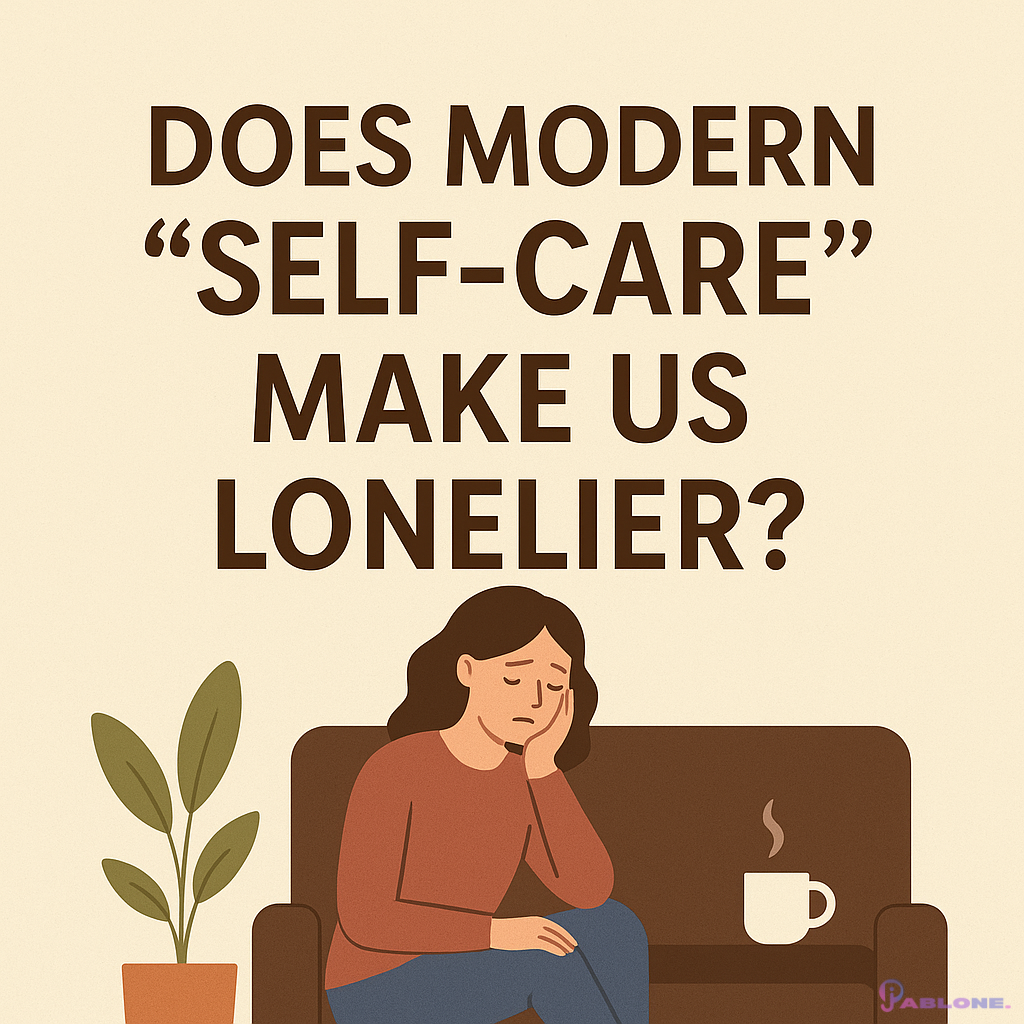Transforming Trash to Treasure: The Art of Sustainable Creativity
🌿 Introduction: What Is Upcycling Furniture?
Upcycling furniture is more than a DIY project—it’s a lifestyle shift toward creativity, sustainability, and personalization. Whether you’re reinventing an old chair or giving a table a bold new identity, upcycling lets you refresh your space and reduce waste.
🌍 Why Upcycle Furniture?
♻️ Environmental Benefits
Upcycling keeps usable furniture out of landfills and reduces demand for virgin materials. It’s a conscious choice for a greener planet.
💸 Cost Savings
With upcycling, you can create beautiful furniture at a fraction of the cost of buying new. Thrift stores, flea markets, and even curbside pickups are your treasure troves.
🎨 Custom Design
Tailor your furniture exactly how you like it—no more settling for mass-produced items that don’t fit your vibe.
🧠 Creative Outlet
Turn a blank slate into an expression of your personality. Painting, staining, or distressing—every method is an opportunity for art.
🪑 Preserving History
Vintage furniture often has craftsmanship and stories worth preserving. Upcycling honors that past while giving it a future.
🪵 Step 1: Choosing the Right Piece
✅ Structural Soundness
Start with furniture that has good “bones.” Avoid water-damaged or overly warped items unless you’re experienced in repairs.
👁️🗨️ Design Flexibility
Look for simple shapes and adaptable designs that give you creative room to play.
🔨 Material Type
Solid wood is ideal. You can also work with metal, glass, or plastic with appropriate tools.
💰 Budget
Factor in the cost of paint, brushes, sandpaper, hardware, or fabric. Still, upcycling is usually much cheaper than buying new.
🧼 Step 2: Preparing the Furniture
🧽 Cleaning
Remove dirt, grime, or wax buildup. Use mild soap and water or vinegar-based cleaners depending on the surface.
🪚 Sanding
Sanding improves paint/stain adhesion. Start with 80-grit and finish with 220-grit sandpaper for a smooth surface.
🔧 Repairs
Use wood glue, filler, or screws to fix cracks and loose joints. Don’t skip this—it determines longevity!
🔩 Hardware Removal
Take off knobs and handles before painting or refinishing. Replace them later with fresh hardware.
🎨 Step 3: Designing and Customizing
🖌️ Painting
Use primer, followed by acrylic or chalk paint. Finish with a sealer. Pick colors that match your interior style—be it minimalist, boho, or modern.
🌲 Staining
Reveal and enhance the natural wood grain. Choose a shade from light oak to deep walnut.
🏚️ Distressing
Sand edges or apply dark wax for a weathered, vintage look. Great for farmhouse or shabby chic decor.
🛋️ Reupholstering
Remove the old fabric, cut new material to size, staple tightly, and add new foam if needed.
🧲 Updating Hardware
Swap old knobs or handles for brass, glass, or matte-finish pieces for a modern look.
✂️ Creative Accents
- Stencils: Add shapes, words, or patterns with ease.
- Decoupage: Use paper or fabric for decorative flair.
- Metal Sheets: Add industrial-style highlights.
✨ Step 4: Finishing Touches
🛡️ Sealing
Apply a protective finish like wax, lacquer, or polyurethane. Choose your sheen: matte, satin, or glossy.
🧽 Buffing
Polish the finish with a soft cloth for added luster and smoothness.
🔩 Reassemble
Put hardware back on and ensure all components are secure and functional.
🏡 Style the Space
Decorate your finished piece with plants, lamps, or artwork to highlight your upcycling masterpiece.
🧴 Step 5: Maintenance Tips
- Dust Weekly: Prevent buildup and wear.
- Polish Monthly: For wood, apply wax or oil to nourish and protect.
- Touch-Ups: Keep extra paint or wood filler on hand for small repairs.
🧠 Final Thoughts
Upcycling is more than refurbishing furniture—it’s about honoring the old and embracing the new with mindful, sustainable choices. Whether you’re giving an old dresser a new purpose or turning a side table into a conversation piece, your imagination is the only limit.
So next time you see a discarded piece on the street or in your attic, take a second look. It might just be your next masterpiece.







Leave a Reply